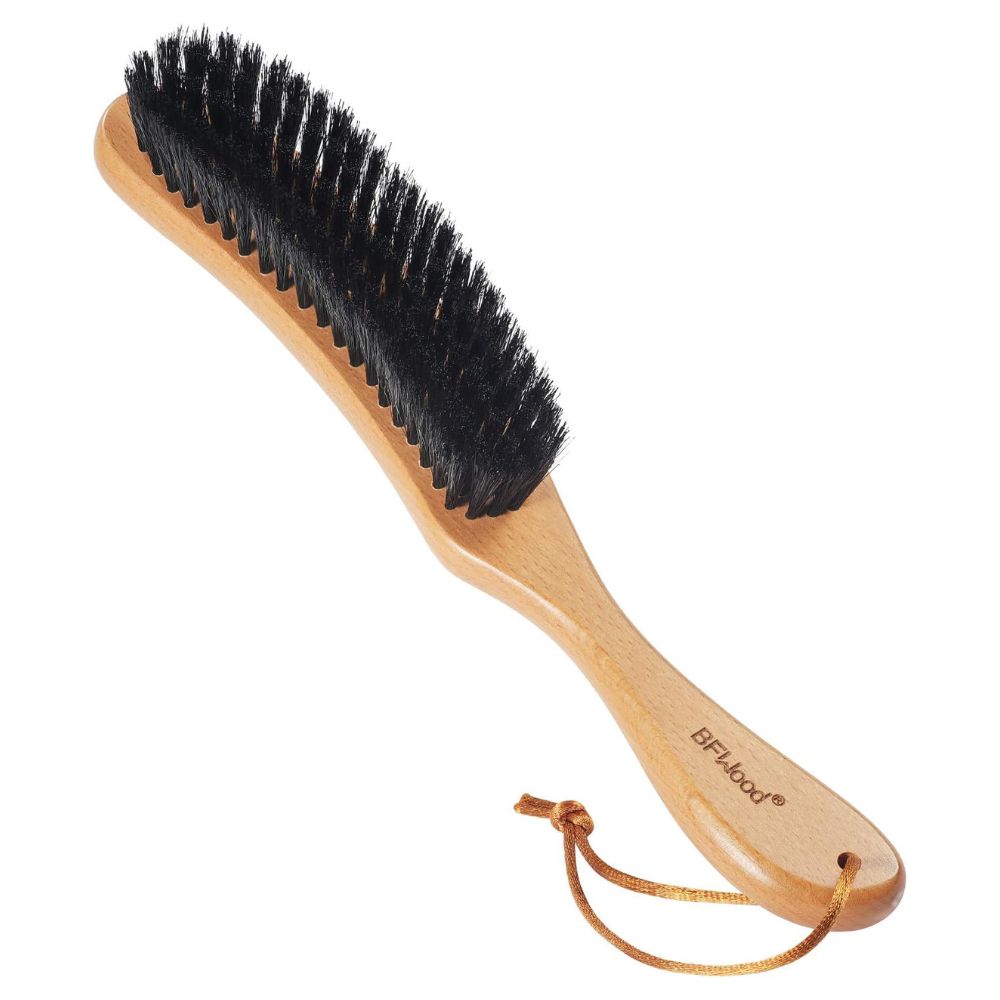How to dust a living room – 5 handy tips professional cleaners use for better results
Cleaning experts share their go-to techniques for dusting a living room more efficiently
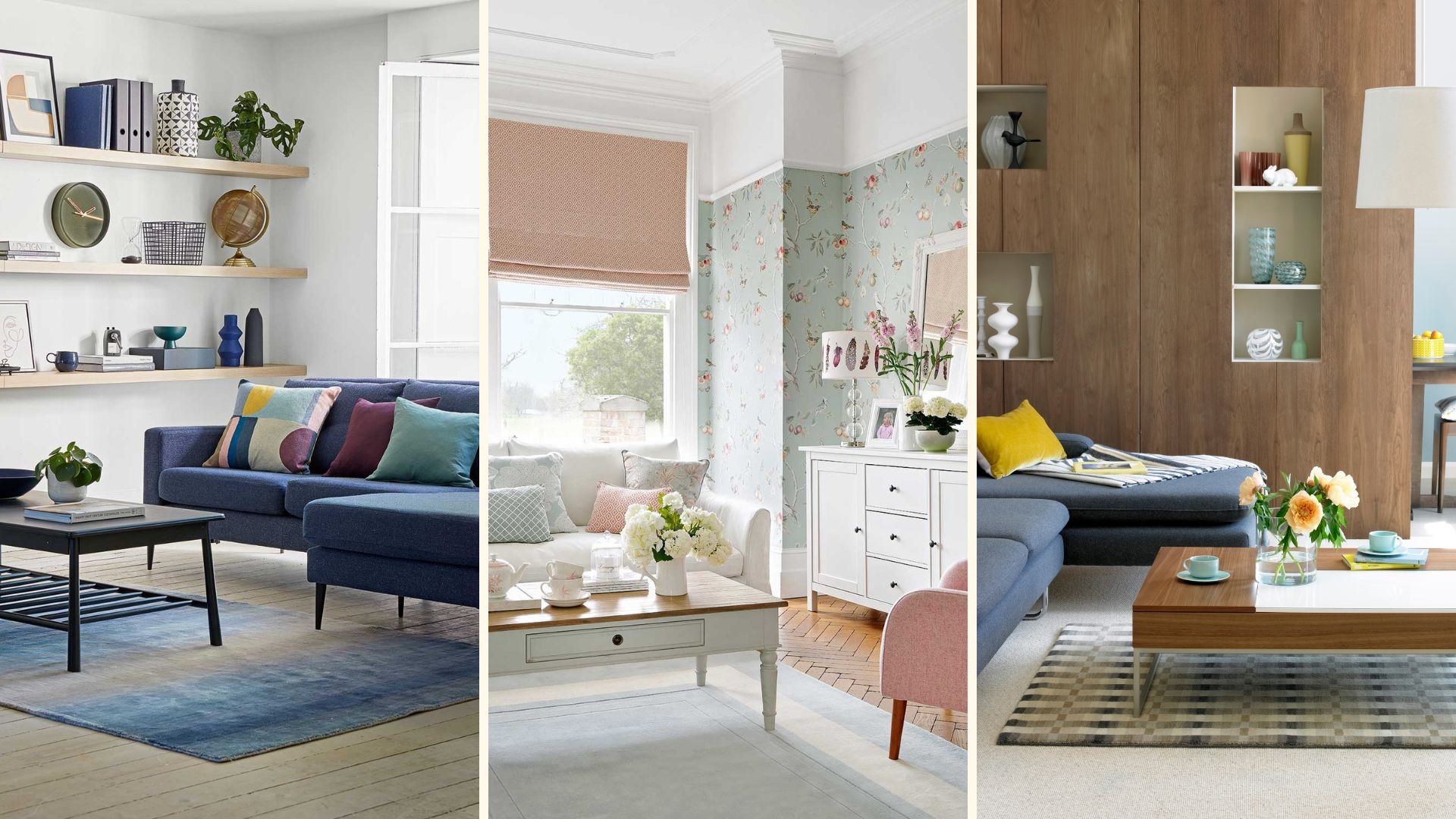

We are so glad the days are getting longer, but the sunlight streaming in through the living room window doesn't half show up the dust. Whether it's collecting on the top of our TVs, gathering in an unsightly layer on our coffee tables, or collecting on our radiators and WiFi routers, dust gets everywhere.
To get rid of dust, the cleaning professionals say we should spend some time dusting every week, as this improves our indoor air quality. But living rooms tend to have lots of soft furnishings and dust-magnet decor, from books to houseplants, making them more tricky to clean than other spaces, like the bathroom, which has more hard surfaces.
To help you clean your house like a professional, we have rounded up some top cleaning tips from the experts.
How to dust a living room
Before we get into it, ensure you have the right tools, because similar to dusting a bedroom when cleaning your living room a few nifty cleaning must-haves will make the job easier. Opt for a microfibre cloth or a duster that traps dust instead of spreading it around the room. We find that podcast or playlist always helps too – here's what the pros recommend.
1. Use an air purifier
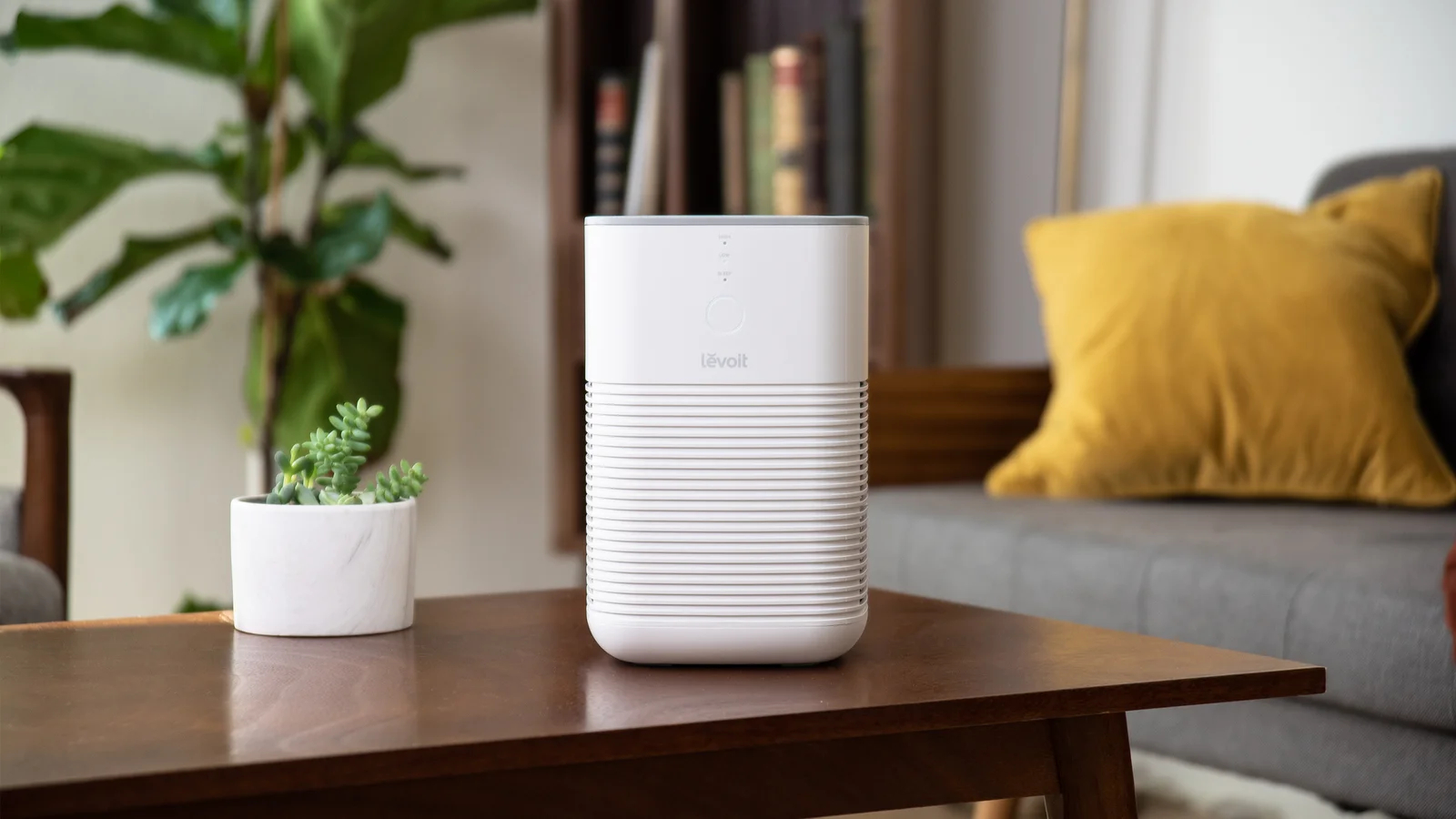
"It is nearly impossible to keep your living completely dust-free. But if you want to cut the amount of time you spend dusting in half, use an air purifier,' say the experts at Nationwide Cleaning. "These devices are super handy as they collect dust particles before they have the chance to settle. It’s so simple yet so effective and will make dusting a breeze."
The best air purifiers range from around £50 to £600 – I use this Meaco air purifier, which is cheap to run and helps to reduce the levels of dust in my home. If you don't have one, open up the windows and doors to allow air to circulate, as you're going to dislodge lots of dust and stagnant energy.

This outstanding air purifier has everything needed to make your home a place where you can breathe easier, including the ability to control it over WiFi and effective cleaning in rooms up to 30m² large.
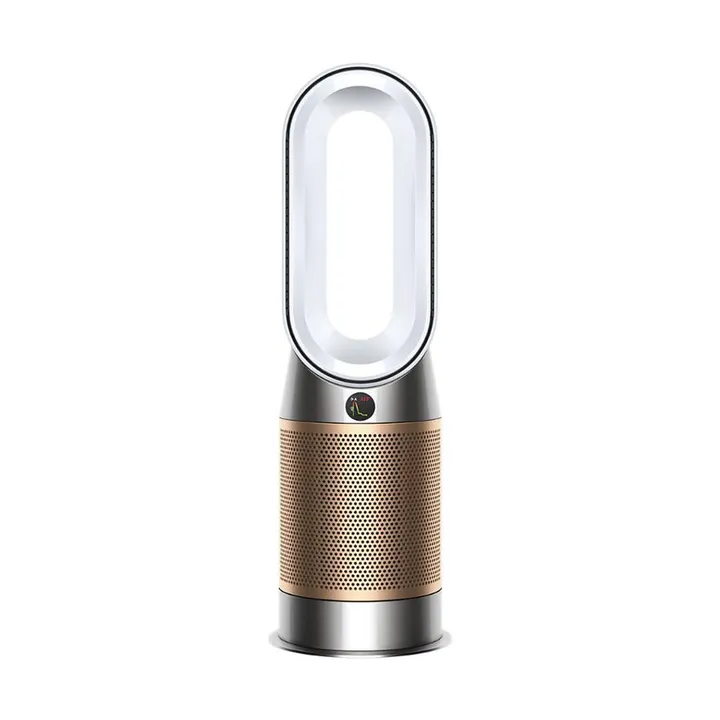
Dust and formaldehyde can be effectively removed from the air in your home with this Dyson purifier, which doubles as a fan to help keep you cool in the summer months, too.

This air purifier is aesthetically pleasing, and compact while boasting a three-layer filtration system to keep allergy sufferers from painful hay fever seasons at home. This is a great value pick for a single room.
2. Dust from top to bottom
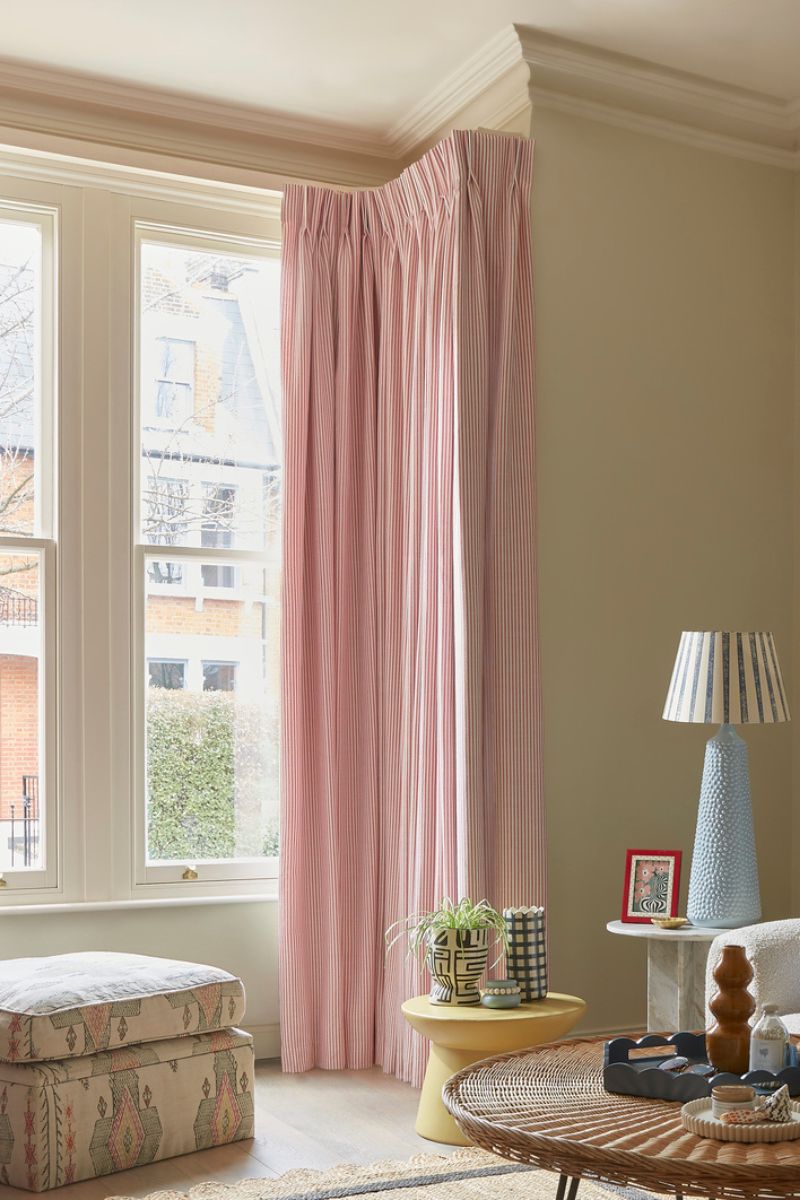
Work methodically from top to bottom and from left to right, so you don't go back on yourself. For harder-to-reach corners, you may like to use an extendable duster, available at Amazon. Work with gentle strokes to remove any dust and cobwebs from the ceiling and coving, door frames, lighting, curtain poles, picture frames, and shelves.
Sign up to our free daily email for the latest royal and entertainment news, interesting opinion, expert advice on styling and beauty trends, and no-nonsense guides to the health and wellness questions you want answered.
If using a damp microfibre cloth, be sure to replace it regularly so you are always using a fairly clean cloth, and leave the grimiest areas such as window frames until last. When the highest areas are dusted, you can move onto furniture, like console tables and any lamps and decor you have on them, your coffee table, houseplants and windowsills.
Take your time, as professional cleaners tell us that trying to dust too quickly is one of the most common dusting mistakes we fall into.
3. Dust first, vacuum last
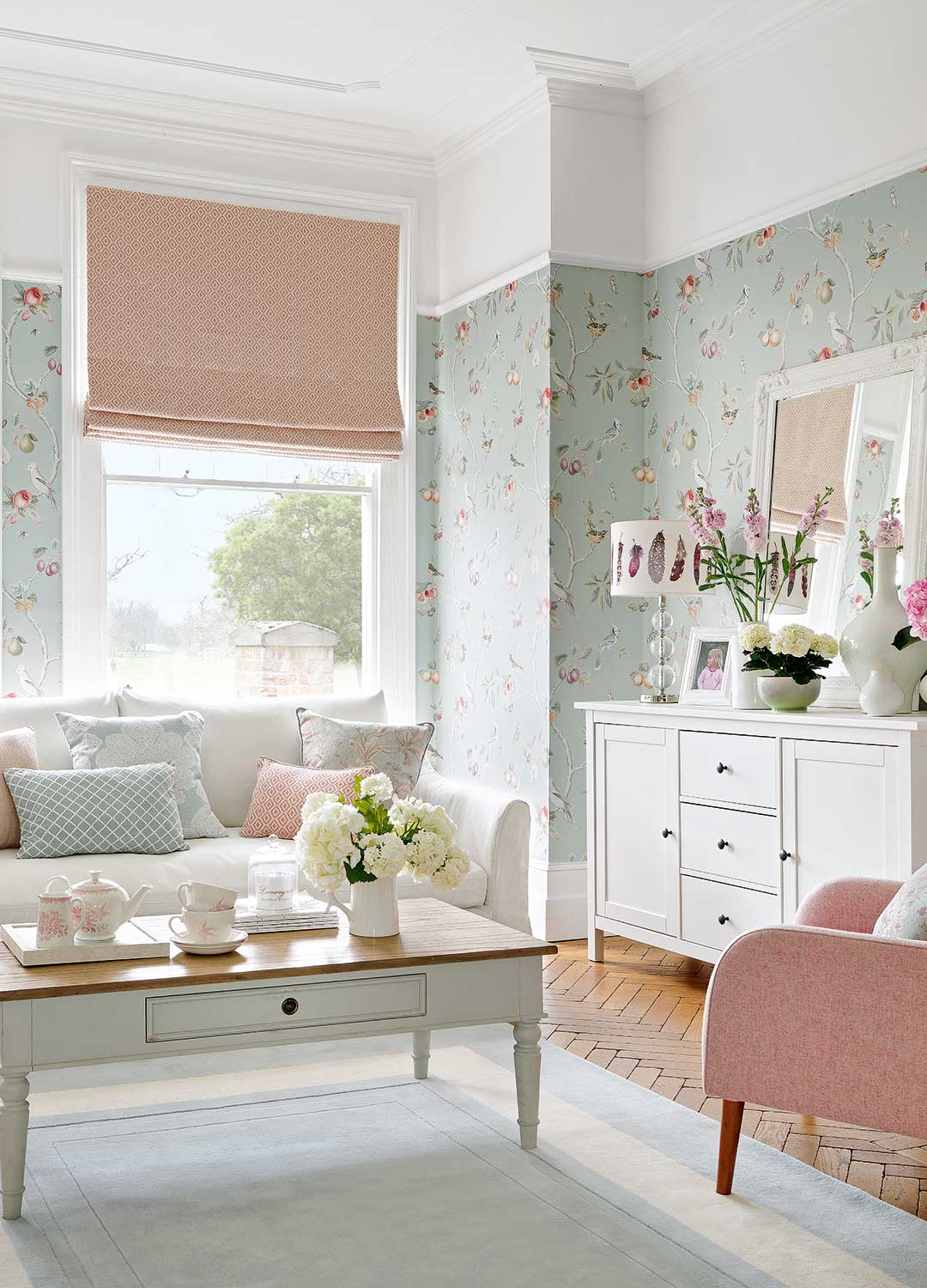
It's best to dust your living room before vacuuming, or you can end up creating more dust to clean up. "Vacuuming before dusting will leave your house just as dirty as it was before you started cleaning," say the experts at Nationwide Cleaning. "After all, you are only spreading loose dust back into the air, allowing it to settle on your floors and other surfaces again.
"That is why it makes more sense to dust first to save yourself from doing the same job twice and keep your home cleaner for longer." If you have wooden floors, finish by mopping them thoroughly.
4. Tackle your sofa and upholstery

We tend to think about the hard surfaces when dusting, but our sofas and armchairs are some of the most important areas of the living room to clean. Dr. Julie McKinney, global director of microbiology and virology at Reckitt says, "Soft surfaces such as your couch and throw pillows are hotspots for dust mites. "Run your vacuum over these areas to pick up as many dust mites as possible, then sanitize and disinfect using a Lysol Disinfectant Spray."
Alternatively, you can try one of the team at Purdy & Figg's favourite tricks and wrap a microfibre cloth around a saucepan lid, spray Counter Clean by Purdy & Figg on the cloth, and use this to clean upholstery. This works a treat when cleaning velvet sofas, although it's always sensible to test in an inconspicuous area first.
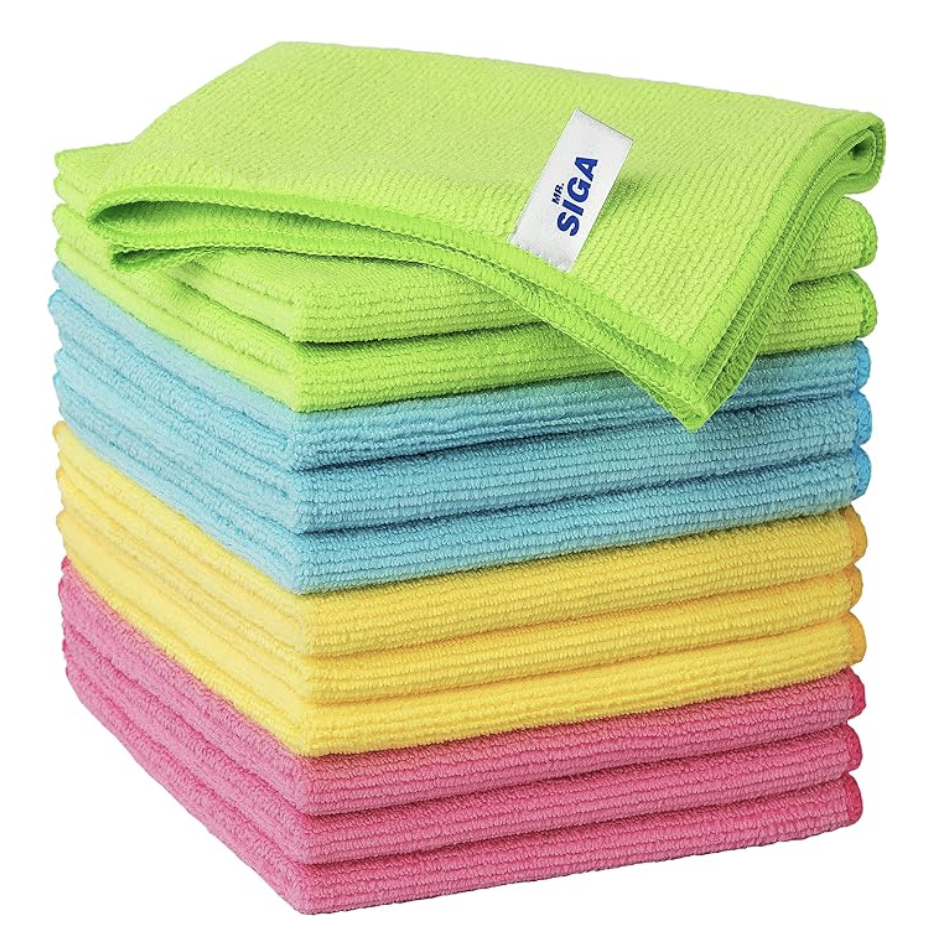
RRP: £15.99 | A damp, clean microfibre cloth removes dust and bacteria with no need for cleaning products and they're machine washable. It's a good idea to use different colours for different areas to avoid cross-contamination.
5. Dust little and often
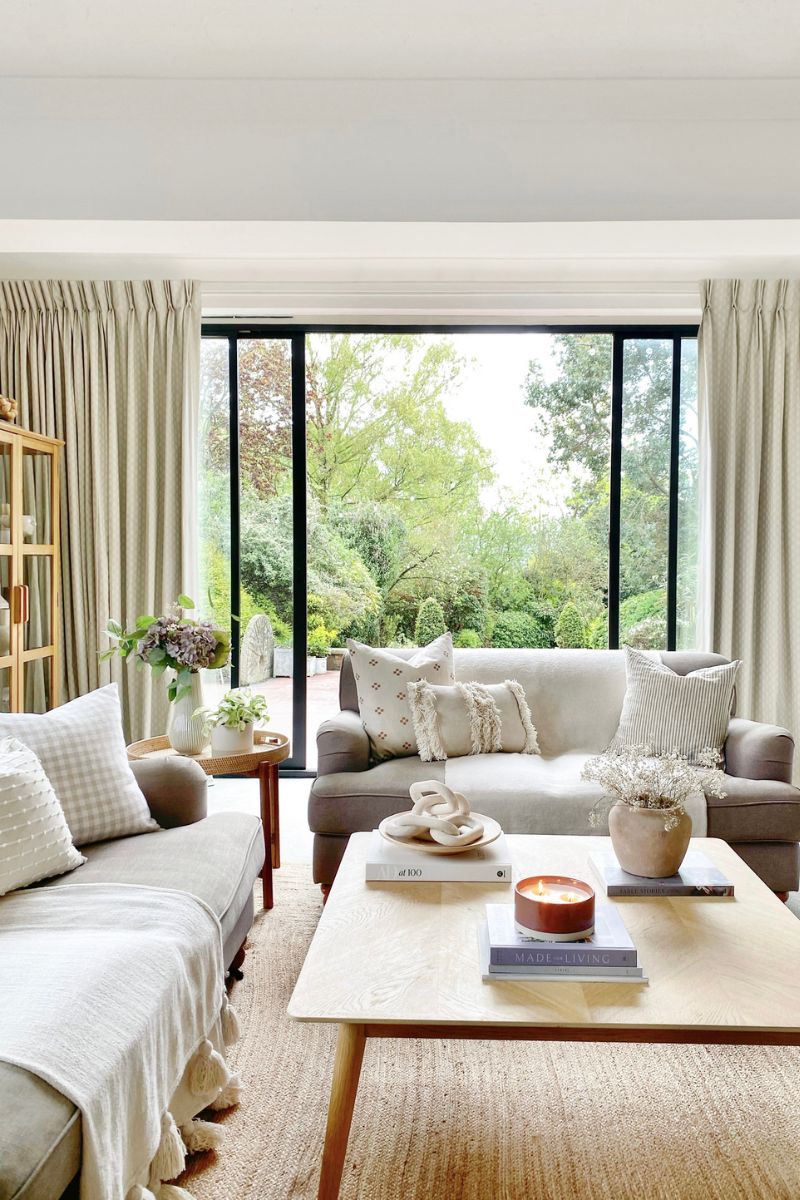
Dusting our living rooms little and often is the key to avoiding a serious deep cleaning session, and will make dusting more manageable because it hasn't been left to accumulate. When you've reached a good baseline level of cleanliness, you should be able to maintain it by quickly cleaning your living room in ten minutes.
Daily habits are the best way to keep your house clean and tidy.
"The best thing you can do to prevent dust build-up in your living room is to start cleaning those unusual places little and often," comments Purdy Rubin, co-founder of Purdy & Figg. "A few minutes every day is all it takes to stop dust building up over time and then it won't become an unmanageable job."
"Always dry dust before cleaning too! Even if you can’t see dust build up on a surface, once you’ve sprayed it’s too late and you end up spreading dust around." Dusting is much harder when the coffee table and shelving are cluttered. You can make dusting easier, and create a more minimalist and calming atmosphere by doing some living room decluttering and trying out some new home organising methods.
6. Don't forget those hidden spots
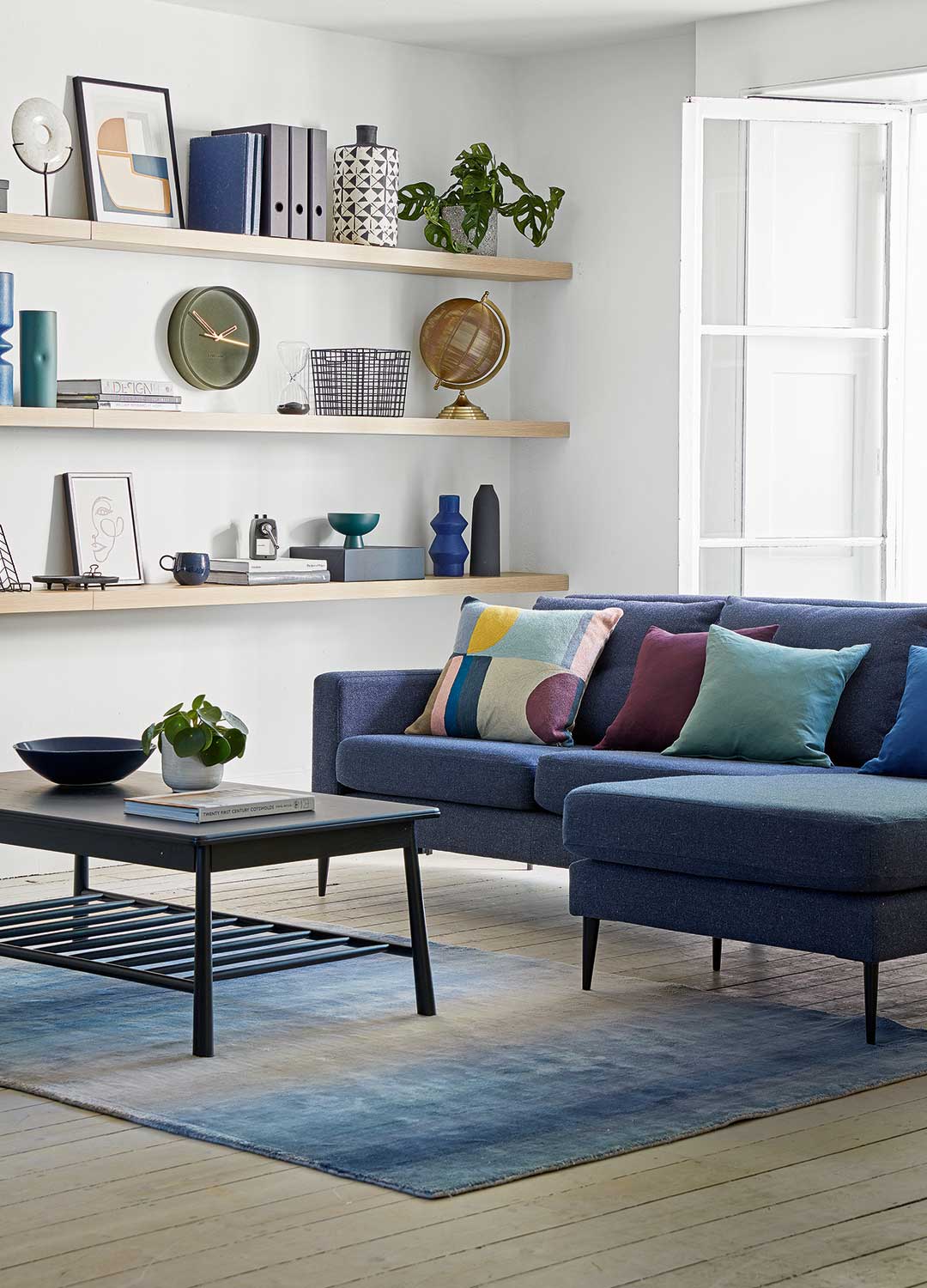
There are lots of areas that tend to get overlooked when we're doing our weekly chores. Don’t forget to pull out any furniture or accessories placed against a wall to clean the surface underneath. Also, it's important to clean these hidden, behind and under the furniture, as these are typically the worst areas for dust.
It's okay if we're not religious when it comes to cleaning these areas, as the Nationwide Cleaning experts explain: "Many of us do not have time in our weekly routines to vacuum beneath sofas and other furniture but it is okay to do this once a month."
FAQ
What order should I clean my living room in?
"We always clean from top to bottom, so any displaced dust falls down onto the next surface and isn’t missed!" says Charlotte Figg, co-founder of Purdy & Figg. "Those high-up spots are also the easiest ones to forget about, but dust can travel down from light fixtures, the tops of cupboards and TVs, and make the room feel dusty and musty.
"So, hit those spots first, with a microfiber cloth, and prevent dust build-up!"
How often should I clean my living room?
"We believe in a little and often cleaning routine, a few minutes in a different place in your home every day helps you build a manageable cleaning routine and means you don’t end up needing to blitz your home with harmful chemical products," say the experts at Purdy & Figg.

Millie Hurst is a freelance writer and interior designer based in Sheffield, helping clients create homes that are characterful, curated, and highly functional. Interior design inspirations include Jake Arnold, Beata Heuman and Abigail Ahern. Her personal style is a 'liveable maximalism' with boho, nature-inspired designs.
She has seven years of experience in the world of digital journalism, most recently working as Head of Solved at Homes & Gardens, where she wrote and edited countless features on home organisation, decluttering and interior design. Before that, she was Senior Content Editor at Ideal Home.
